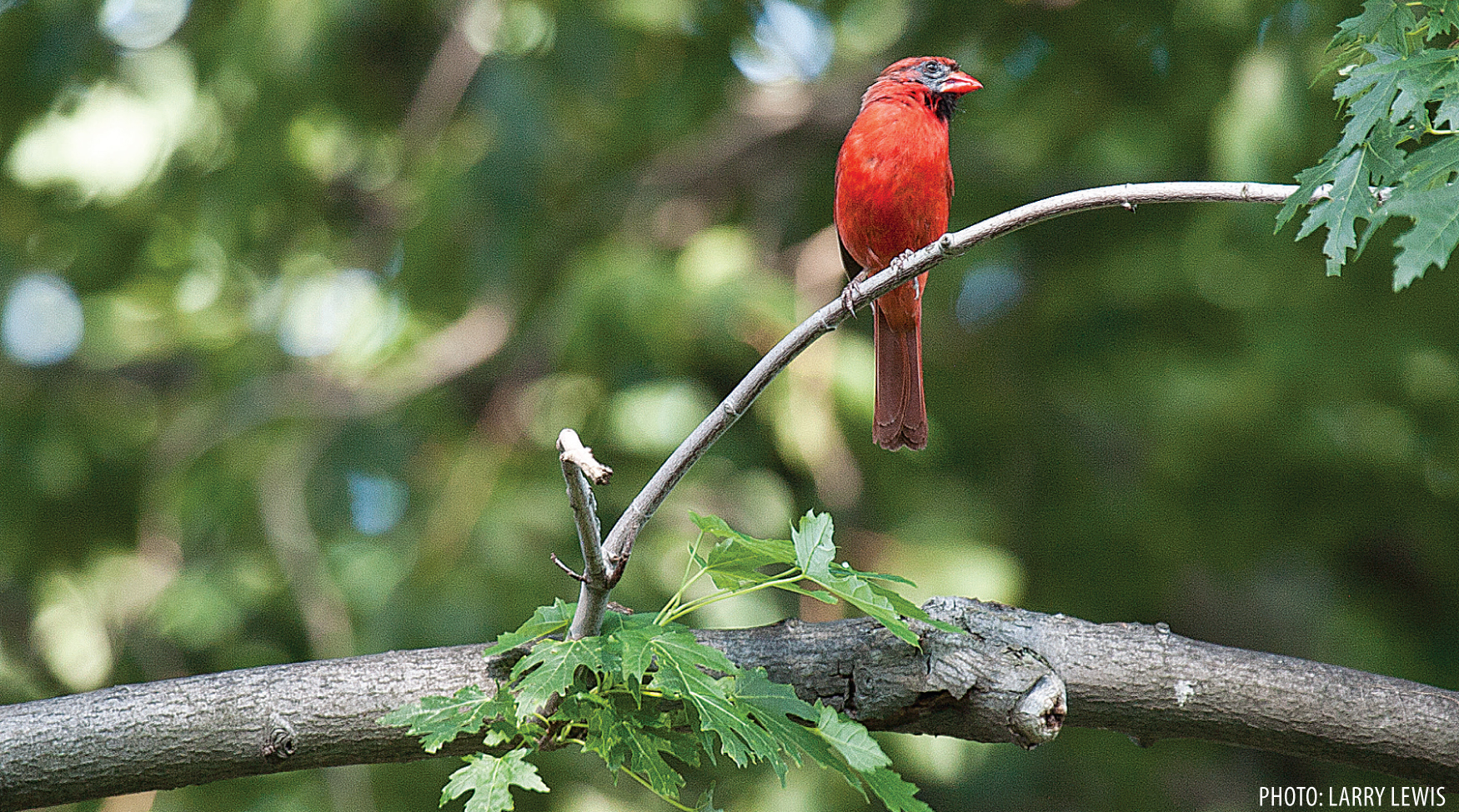“I’m a hiker and an amateur bird watcher. I would like to know how to shoot in nature, especially differentiating/separating birds from the trees they’re perched on.”
The Early Bird Gets the Shot. Experienced naturalists are known to say that you should leave only footprints and take only photos, but getting the perfect shot is often harder than it looks. Birds are notoriously difficult to photograph in the wild, testing the patience of even the most dedicated nature photographers. The key to capturing great images of wildlife usually comes down to a combination of equipment, skill, and a little bit of luck.
Rise and Shine. The word photography literally means “painting with light”, but not all light is created equal. The best times of day for photography correspond, somewhat helpfully, with the hours when many species of birds are most active. Get out before the sun rises, and take advantage of the long, horizontal “golden hour” rays that define early morning light as your subjects start looking for their first meal of the day. Morning (or evening) light is almost always more flattering than harsh midday glare.
Depth of Field. One of the first concepts all photographers must master is depth of field, which describes the depth of focus in a photograph. To help your feathered subjects stand out against potentially distracting backgrounds like tree branches or telephone wires, you should shoot with a very shallow depth of field; choose a wide-open aperture setting such as f/2.8 if your lens will allow it. The scene behind your subject will become pleasantly blurry, but your bird will remain pin-sharp. Few consumer-grade telephoto lenses are capable of shooting such a low f-stop, unfortunately, so if birding is priority for you, consider investing in an interchangeable lens camera system and a “fast” telephoto lens with a constant f/2.8 aperture.
Focus. Most birds are reluctant photo subjects, preferring the safety of interior branches to wide open spaces. you’ll often find yourself needing to shoot through foreground foliage when trying to capture birds, so learn how your camera’s autofocus modes work. Some long lenses and cameras have focus limiters that allow you to dial in a distance range ahead of time, effectively telling the camera to ignore subjects that are closer or further than that range. Use a mode that allows for continuos focus, such as servo, which will help you react quickly when opportunities present themselves, and learn how to take control of your camera’s focus points to choose a a point as close to the bird’s eye as possible.
Speed. If you’re brave enough to try to shoot a bird in flight, select a high shutter speed to freeze the action. in fact, keep your shutter speed fairly high even when shooting birds at rest, especially if you’re hand-holding your lens: a high shutter speed, combined with in-camera or in-lens image stabilization, will help fight the effects of unsteady hands. Set your frame rate to continuous so you can fire off a quick series of images by squeezing down on the shutter button, and make sure your camera is loaded with a fast memory card to help your camera quickly empty its buffer between photos.



